Anatomy & Physiology Mod 2 Review
1/23
Earn XP
Description and Tags
FLVS A&P Mod 2 Exam & DBA Review
Name | Mastery | Learn | Test | Matching | Spaced |
|---|
No study sessions yet.
24 Terms
Projections & Processes
bumps or raised areas that grow out from a bone
Depressions
cavities that indent into the bone
Openings
Holes that extend throughout the bone

Head - bony expansion on narrow neck that provides stability & protects blood supply that enters at that location

Facet: smooth, nearly flat articular surface that limits excessive movement & provides stability to the spine
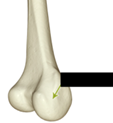
Condyle: rounded articular projection that provides a surface for gliding movement of many joints
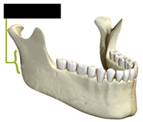
Ramus: smooth, rounded arm-like bar of a bone that helps form the joint that opens/closes mouth

Tuberosity: large, rounded or roughened projection that provides a roughened surface for muscles/ligaments to attach to the end of long bones
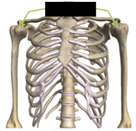
Tubercle: small, rounded projection that provides area for muscle or ligament attachment & is sometimes involved in the formation of a joint
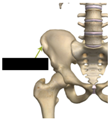
Crest: narrow, prominent ridge of a bone that provides a surface for muscle attachment
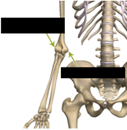
Epicondyle: raised area above the condyle that provides a raised surface for connective tissue
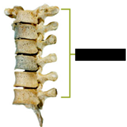
Spine: sharp, slender projections w/ Spinous Processes: areas of muscle attachment for the backbone

Trochanter: large, blunt, irregular surface located at the top of the femur where muscles attach to the long bone in the upper leg
Articulation
place where two bones meet
Process
projection from the bone
Sinus
cavity within a bone filled w/ air & a thin layer of mucus that filters air + serves as “crumple zones”
Fossa
long, curved flat region of bone (depression) that serves as area for muscle attachment for joint movement
Sulcus
groove/elongated depression w/ channels for blood vessels, nerves, or a tendon
Fissure
Narrow, slit-like groove or hole that serves as a channel for blood vessels & nerves
Foramen
Rounded openings through the bone where blood vessels, ligaments, or nerves pass
Suture
where skull bones fuse together to form a joint that allows for a tiny amount of movement, contributing to the slight elasticity of the skull
What is palpation used for?
Physical examination of the body tissues done w/ hands + fingers
Why do physical, occupational, and massage therapists use palpation?
They are fixed landmarks to help find muscles, ligaments, + arteries/check bone alignment
Why may a therapist palpate the ulna?
The Ulna Nerve is a major nerve that runs down the hand, passing behind the medial epicondyle of the humerus at the elbow. It is the largest unprotected bone in the human body, making injury common. So, a therapist may palpate the ulna (medial bone in the forearm) to test for injury to the Ulna Nerve.